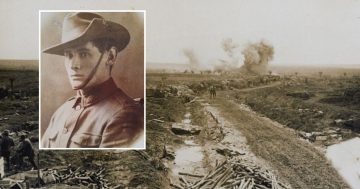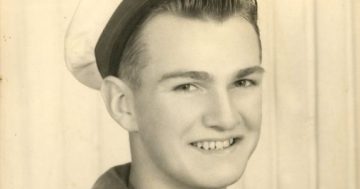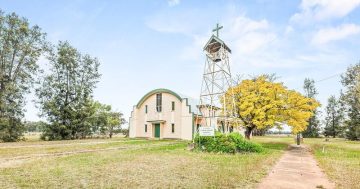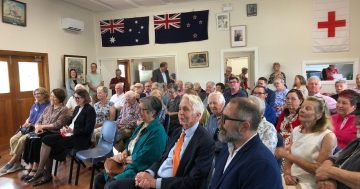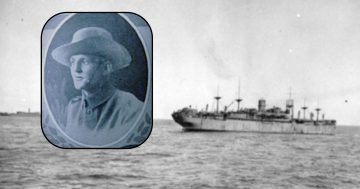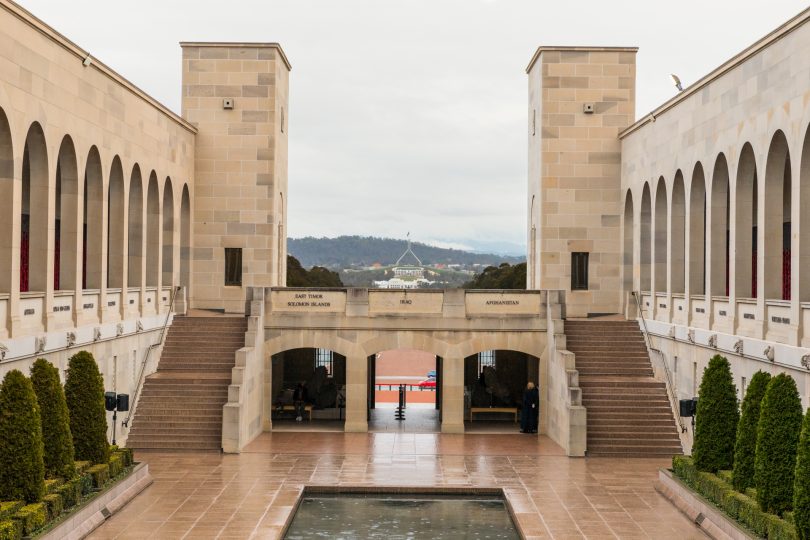
Australian War Memorial. Photo: Michelle Kroll.
Amid growing anger over The Australian War Memorial’s plans for a $500 million expansion, the Memorial’s director has directly addressed concerns. Matt Anderson has responded to pointed criticism in an open letter to all members of the House of Representatives from the Institute of Architects’ 2018-19 national president Clare Cousins. Her criticism centred on the threat to demolish Anzac Hall, calling its destruction wasteful and unnecessary.
I am surprised Ms Cousins claims to represent the views of the Australian Institute of Architects (AIA) membership as a whole.
Five leading architects (Cox Architecture, Scott Carver, Lyons Architecture, Guida Moseley Brown Architects, and DJAS Architecture), who are AIA members, are currently involved in the delivery of the development project.
I would also like to address the architectural design competition process.
The Memorial arrived at the proposed designs over a three-year period. Careful attention was paid at every stage of the process to ensure that the design would protect the heritage value of the original building and the sandstone façade was not impacted.
Four of Australia’s leading firms in public building architecture were selected to develop competition entries for additional gallery space to the north of the main Memorial building. The architects had complete freedom to meet the Memorial’s functional requirements, including the option to retain and expand the current Anzac Hall within the design boundaries and in compliance with the heritage criteria.
Four concept designs – one of which retained an expanded Anzac Hall – were presented to a jury of three highly-regarded architects and two senior Memorial staff. After careful study, the design by Cox Architects – which included replacing Anzac Hall – was chosen as the solution to best meet the Memorial’s needs for the next 50 years.

Matt Anderson, director of The Australian War Memorial. Photo: Michael Masters.
A similar design competition was held for the southern entrance, and Scott Carver’s competition entry was selected.
Anyone who would like to read more about the perspectives and position of Cox Architecture and Scott Carver can read more about that on their websites.
Although our plans aim to greatly increase the space available to tell the stories of 100,000 Australian veterans who have served during the past three decades, the change to our existing footprint is designed to be substantially less than the 80 per cent suggested.
Council and staff have a deep respect for the Australian War Memorial, and preserving and sharing Australia’s military history. We are amongst its greatest supporters and protectors.
Matt Anderson is the Director of the Australian War Memorial.
Original Article published by Genevieve Jacobs on The RiotACT.







